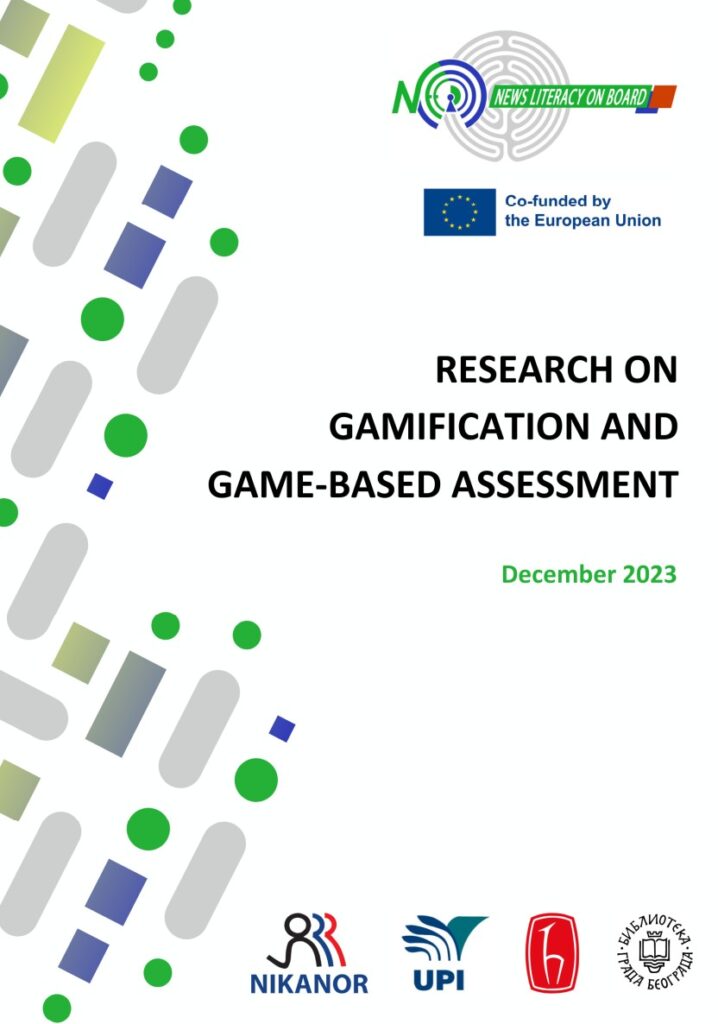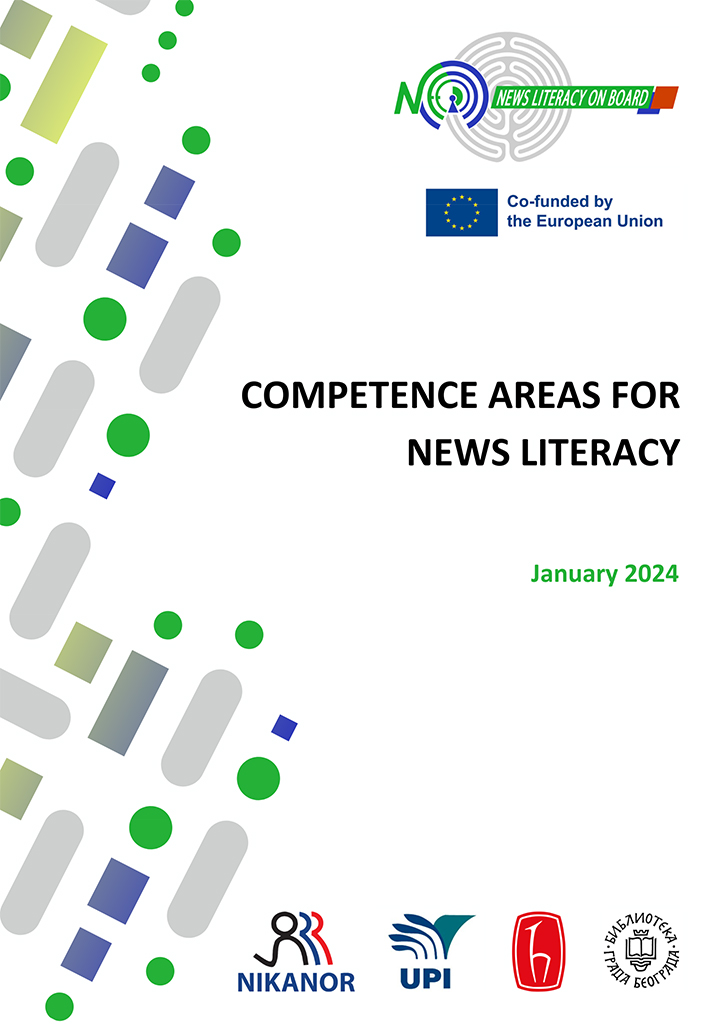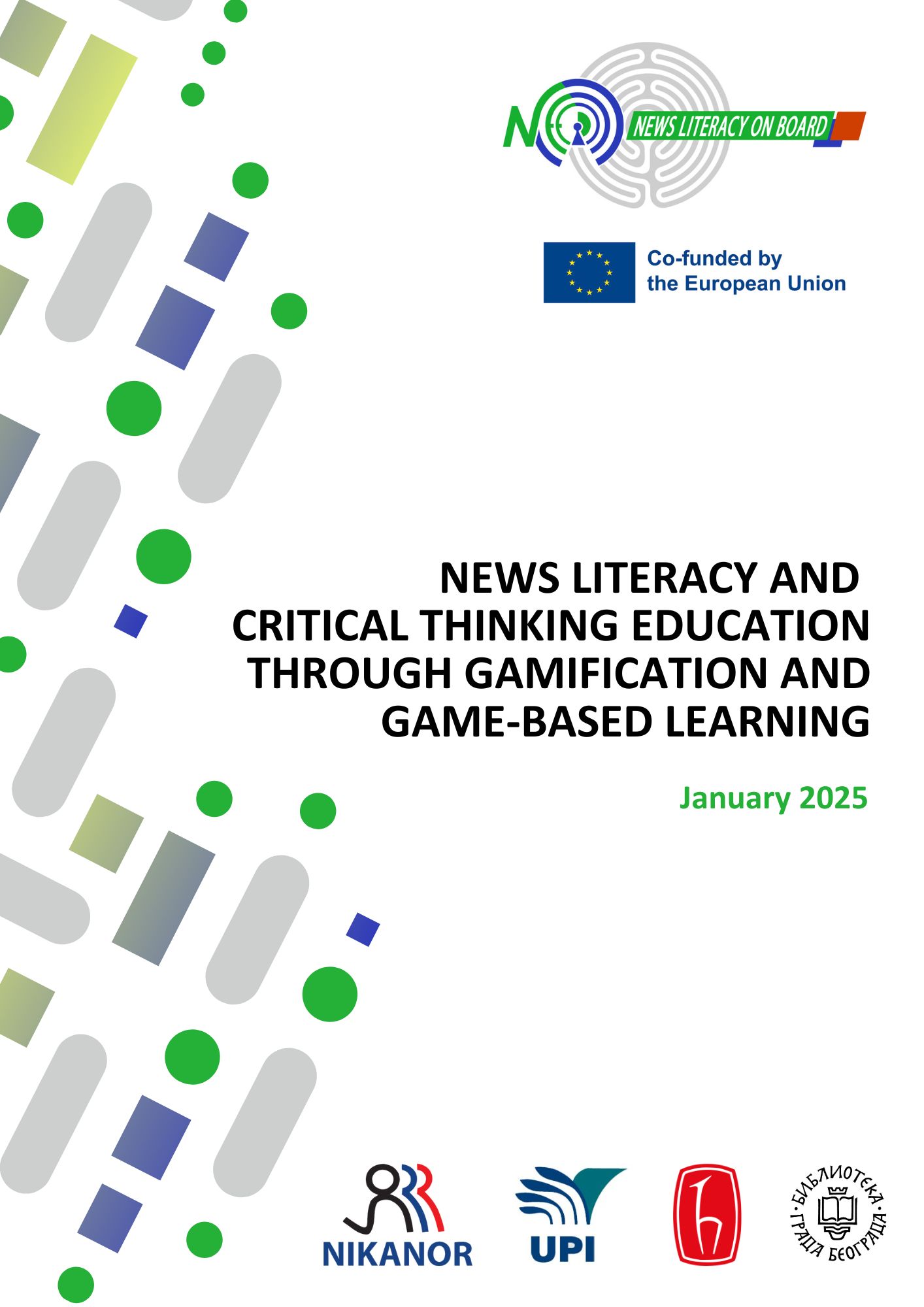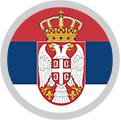Study report
Research on gamification and game-based assessmenT
The “Research on Gamification and Game-based Assessment” document presents an in-depth exploration of the utilization of gamification and game-based assessment.
The document begins with an overview of gamification, tracing its history and explaining how it works by employing game design elements to increase engagement and motivate specific behaviours. It discusses the benefits and drawbacks of gamification, offering examples from various sectors, including education, marketing, and employee training. Additionally, it outlines best practices for implementing gamification and the importance of understanding the audience of gamification, highlighting Richard Bartle’s player types as a framework for tailoring gamification strategies.
Further, the document examines gamification in education, presenting strategies for its practical application and detailing how game-based assessments differ from traditional assessments and digital interactive assessments. It categorizes game-based assessments based on the skills they measure, such as cognitive abilities, behaviours, and emotional intelligence, and provides examples of how these assessments function.
A significant portion of the text is dedicated to explaining how game-based assessments are used in education and recruitment, assessing its history, how it works, benefits, drawbacks, and implementation strategies, along with examples from different industries. It distinguishes between gamification and game-based assessments, the latter being used to measure specific skills and competencies in an engaging manner.
The document outlines the benefits of using gamification in education, such as increased engagement, motivation, and improved learning outcomes. It suggests a structured approach for integrating gamification into educational content, including identifying learner characteristics, defining learning objectives, creating interactive content, and incorporating game elements like points, levels, and rewards.
Game-based assessments are discussed as a means to remove bias from recruitment processes and offer a fairer evaluation of candidates’ abilities. These assessments measure cognitive skills and behaviours that are predictive of job performance. The document classifies game-based assessments into cognitive, behavioural, emotional intelligence, situational judgment, and simulation games and provides examples.
In its conclusion, it highlights the positive reception of game-based assessments among candidates, emphasizing their fairness and ability to reduce anxiety. Preparation tips for candidates facing such assessments are provided, along with a mention of common game-based assessment providers like Arctic Shores, Pymetrics, Test Partnership, Aon, and Revelian.

download the PDF document
RESEARCH ON GAMIFICATION
AND GAME BASED ASSESSMENT
Determined competence areas for news literacy
The “Competence Areas for News Literacy” document outlines the essential skills and attitudes required for effective news consumption, emphasizing the importance of being mindful and sceptical. News literacy encompasses understanding news production and consumption, the role of social media, and how consumers’ beliefs influence their selection and interpretation of news. It highlights the role news plays in society, the motivation to engage with news, and the skills necessary for identifying, evaluating, verifying, and creating news content.
The document identifies three main competence areas of news literacy within the NEED Project, each consisting of eight sub-competences and 44 learning outcomes.
The three competence areas are:
- Understanding the News Landscape:
Focuses on recognizing information pollution and its motivations, distinguishing news from other media, and grasping new journalism practices. It also covers understanding fake news, types of information disorders, and the psychology behind misinformation’s influence and persistence. - Finding Reliable Information:
Emphasizes identifying credible information sources and formulating effective search strategies. This includes differentiating between types of sources, understanding Boolean logic, and the importance of search techniques. - Verifying News:
Concentrates on comprehending how algorithms and personalization affect news consumption, recognizing verification methods, and understanding the role of fact-checking platforms. It covers the challenges of online trustworthiness, identifying inauthentic behaviours, and the operations of fact-checking organizations.
The document stresses the importance of these competencies in navigating the complex news landscape, which is critical for fostering a well-informed and democratic society.

download the PDF document
COMPETENCE AREAS FOR NEWS LITERACY
News Literacy and Critical Thinking Education Through Gamification and Game-based Learning
This report, developed within the NEED project, explores the importance of news literacy and critical thinking in today’s complex media landscape, marked by disinformation, algorithmic influence, and fragmented news consumption. It emphasizes the need to equip individuals with the skills to critically assess and interact with news content in order to support informed civic participation.
The document highlights how game-based learning—both digital and analog—can be an effective and engaging approach to teaching news literacy. It provides an overview of existing educational games related to news literacy from around the world, analyzing their target groups, formats, and learning objectives.
While many current games focus on verification and are mainly in English, the report identifies a clear need for more comprehensive, multilingual, and inclusive tools—especially those designed for assessment and tailored to diverse age groups, including children and the elderly.
This resource serves as both a theoretical foundation and practical guide for educators, game designers, and policy makers aiming to foster critical thinking and resilience to misinformation through innovative educational methods.

download the PDF document
NL&CT EDUCATION REPORT




